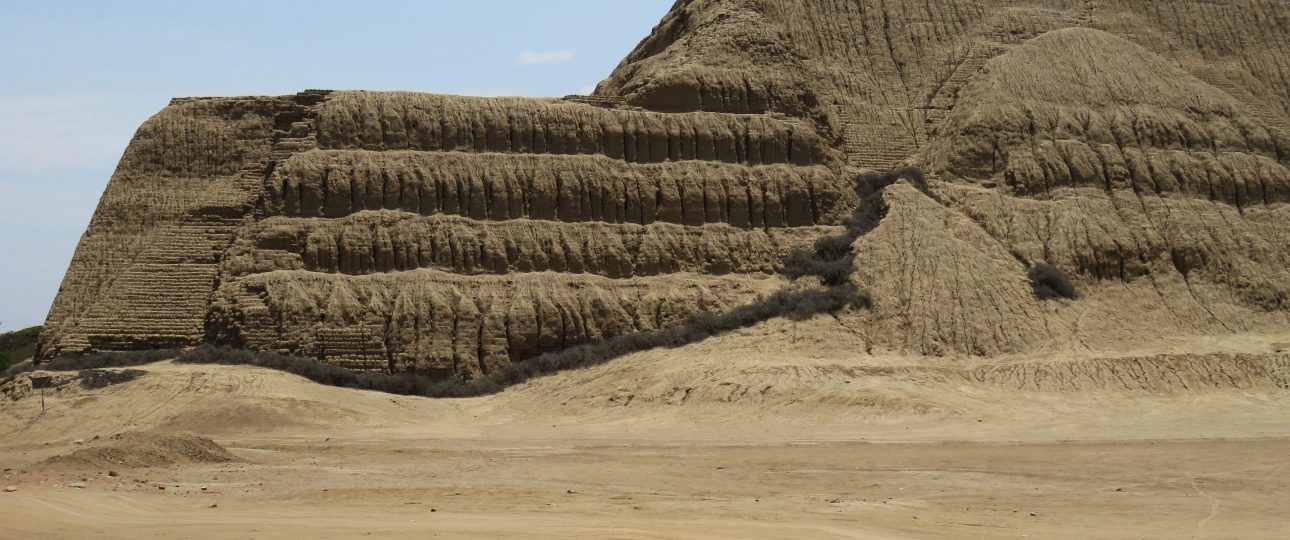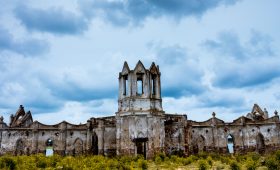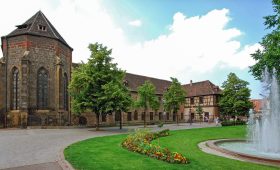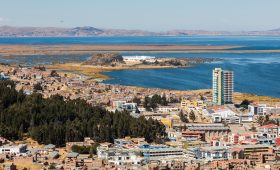About Huaca de la Luna and Huaca del Sol
In the northern coastal region of Peru, the ancient ruins of Huaca de la Luna and Huaca del Sol stand as testaments to the Moche civilization. These archaeological sites offer a window into the past, revealing the cultural and historical richness of the Moche people, who thrived from around 100 AD to 800 AD.
The Historical Significance
The Moche civilization was known for its advanced skills in pottery, metalwork, and mural painting. Huaca de la Luna, or Temple of the Moon, served as a religious and administrative center, while Huaca del Sol, or Temple of the Sun, was the political and military hub. These structures not only highlight the architectural capabilities of the Moche but also provide insights into their religious practices and societal organization.
Unveiling the Huaca de la Luna
Located near Trujillo in the Moche Valley, Huaca de la Luna is a must-visit for history enthusiasts. The temple’s walls are adorned with vibrant murals that depict Moche rituals, mythological scenes, and sacrificial ceremonies. A guided tour is recommended to fully appreciate the site, as guides offer valuable insights into Moche culture and ensure safety in areas under excavation.
Exploring the Huaca del Sol
Just a short distance from Huaca de la Luna, Huaca del Sol is the largest adobe structure in the Americas. Although access to its interior is currently restricted, the pyramid’s imposing presence can be admired from the outside. Standing at approximately 135 feet, it once served as the heart of Moche political and military activities.
Best Time to Visit
The region’s climate is generally dry and warm, with temperatures ranging from 60°F to 80°F (15°C to 27°C). The best time to visit is during the dry season from May to September. For fewer crowds, consider visiting in April or October, but be prepared for unpredictable weather.
How to Get There
Trujillo, about 340 miles (550 kilometers) north of Lima, is the gateway to these sites. The nearest airport is Capitán FAP Carlos Martínez de Pinillos International Airport (TRU), with regular flights from Lima. From Trujillo, a taxi or local bus can take you to the archaeological sites in about 30 minutes.
Local Transportation
In Trujillo, transportation options include taxis, buses, and bicycle rentals. Taxis are convenient, but negotiate the fare or use the meter. Buses are budget-friendly but can be crowded. For a more independent exploration, consider renting a bicycle, keeping in mind to follow traffic rules and wear a helmet.




